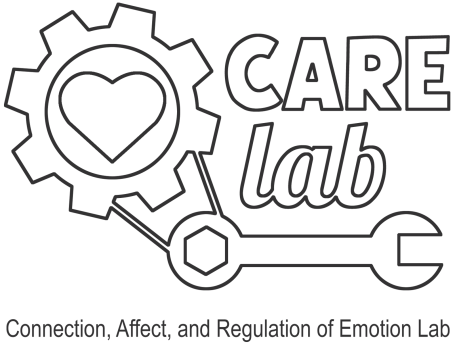Emotion Regulation and Self-Control
What are the basic mechanisms that allow people to regulate their thoughts, feelings and behaviors?
In one line of work, we examine how the structure of language itself may support emotion regulation and self-control, by allowing people to seamlessly shift from their default, immersed perspective to a more distanced one.
For example, instead of reflecting on the self from a first-person perspective (using “I” or “me”), people can adopt a more distanced one, either using “you” to address themselves directly (“Ariana, you can do better next time”) or using “you” to refer to people in general, even as they reflect on their own experiences (“You win some, you lose some”).
In another line of work, we’re investigating when, why and to what effect people can lean on others to help them reframe negative experiences and regulate their emotions.
In other ongoing projects, we look at low-effort strategies that can help children regulate their emotions and behaviors to meet their goals.
How do people use regulatory tools in daily life?
Studying how emotion regulation plays out in the real world is critical for testing the generalizability of theoretical models examined under controlled experimental conditions, and understanding what strategies might work best when, and for whom. We use experience sampling and daily diary methodology to address these issues, providing insight into how tools commonly studied in the lab translate to daily life.
Can people’s ability to regulate their thoughts, feelings or behaviors to meet their goals be meaningfully improved?
We know that self-control and emotion regulation are important for thriving in multiple domains of life. One of the most important insights from this body of research is that self-control and emotion regulation can be learned. How can we teach people to regulate their emotions and behavior in ways that are beneficial for them?
We study this question using different methods, including experiments that isolate causal mechanisms and focus on short-term outcomes, as well as large-scale interventions that examine the implications of teaching people regulatory strategies on various indices of their well-being.
How do linguistic and cognitive processes promote connection to the social world, messages, other people, and ourselves?
Pronouns are ubiquitous in written and spoken language, but often overlooked in their power. Words like “I”, “you” and “we” are small but mighty, communicating important information beyond who is speaking or being addressed: they also signal or shift perspective.
One linguistic mechanism we’re interested in is the generic use of the pronoun “you”, that is, “you” that is used to refer to people in general rather than a specific person (e.g. “You never know until you try”). We’ve found that generic “you” is tightly linked with norms in English and other languages. What are the implications of this functionality for how people make sense of the self and their social worlds?
We're exploring how subtle shifts in perspective—specifically, through use of generic you and the generic we—shape processes such as norm expression and interpretation, persuasion, resonance, person perception, and the transmission of morals or lessons. Our goal is to understand how these linguistic devices can influence the way we make sense of, and connect with, the social world.
© Copyright Ariana Orvell. All rights reserved.
We need your consent to load the translations
We use a third-party service to translate the website content that may collect data about your activity. Please review the details in the privacy policy and accept the service to view the translations.
